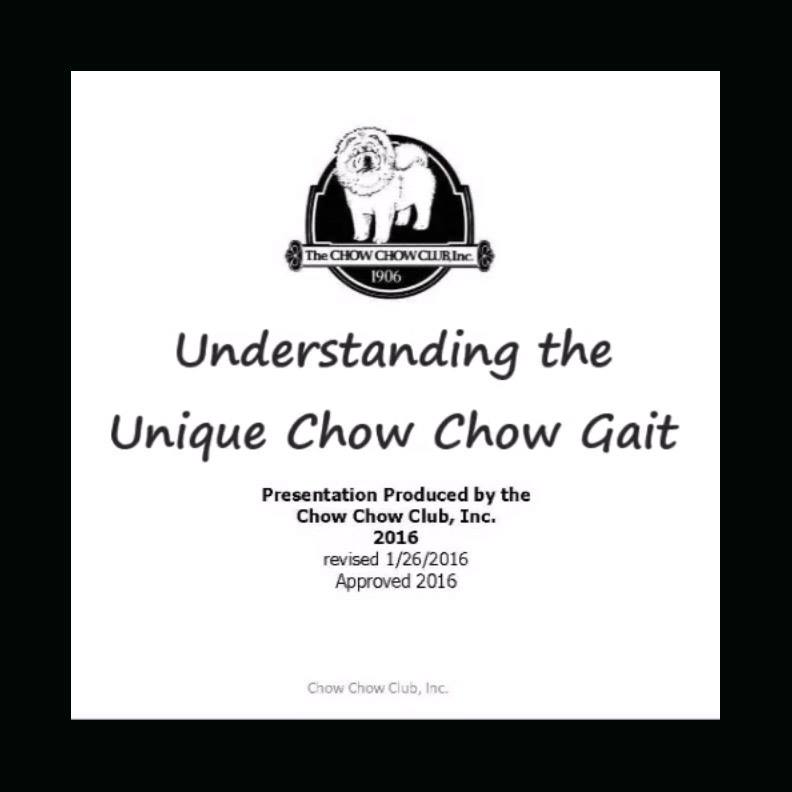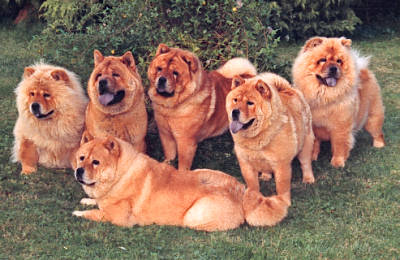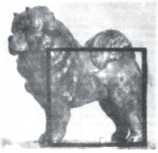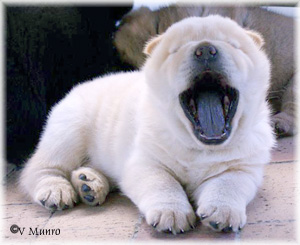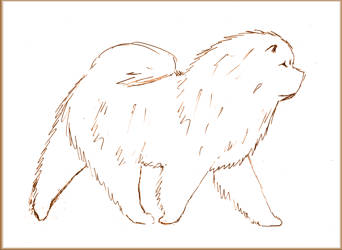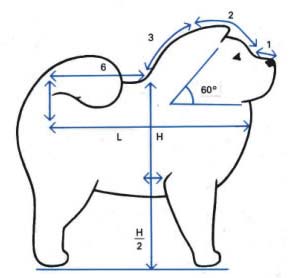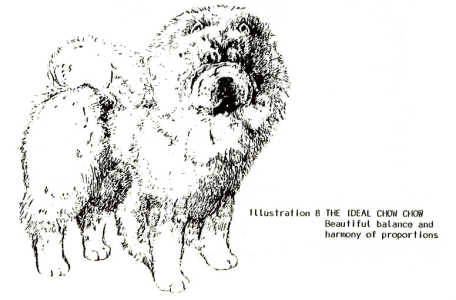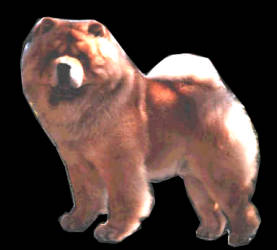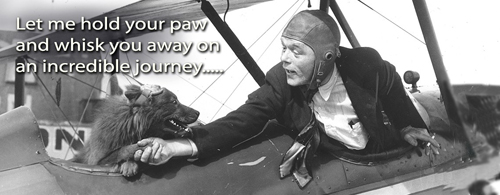Chow Chow Africa education
Best for the breed -
breeders And Judges Education
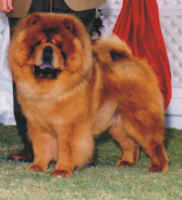
Judging of the Chow Chow
-
A Positive Approach.
by Specialist Judge - Linda (Love) Banghart, Rebelrun Chow Chows, USA
Bob and I are retired in Colorado and sharing our home with our Chow Chows, a Clumber Spaniel and our 14 year old Pomeranian. We have been actively involved with Chow Chows since 1976. We are proud of the Rebelrun Chows and bred over 70 champions, including BIS, BISS and ROM winners. As breeder-owner-handlers, we have enjoyed owning and showing our dogs in conformation events and have received the CCCI Gold Breeder’s Circle of Honor award. We authored the book “The Proper Care of Chow Chows” published in 1996 by TFH Publishing. I have had the pleasure of writing the Chow Chow column for the AKC GAZETTE for many years. As a specialist judge, I have chosen to restrict my judging activities to breeds we have owned and loved. I have had the honor of judging Chow Chow Specialties (including the CCCI National) in the US, Canada, Japan, New Zealand, Australia and Italy.
We all agree that when judging any breed, the officiating judge must evaluate each exhibit according to the approved standard for the breed and country in which he is judging. The Chow Chow standard is one of the lengthiest and most detailed of standards (USA standard - ed) but still leaves ample opportunity for the judge’s interpretation. Of course, as in any evaluation, the standard can only be applied to the exhibits present on the day. Here lies the opportunity for “Positive evaluation” rather than the more commonly discussed “fault judging”. There is no perfect dog in any breed, thus an evaluation of positive attributes will hopefully result in an award for the dog and bitch who most closely meet the breed requirements.
It is my belief that the less experienced breeder or judge quickly falls into the “fault judging” trap, often thinking that by expounding on the negative attributes of a given exhibit, the judge will gain respect for his depth of knowledge of the particular breed. As the evaluator gains experience and true knowledge of the Chow Chow, the history of the breed and current health and structural issues in our breed, they will hopefully attain a different approach to judging.
This approach is to reward the chows for their virtues rather than to penalize them for their faults. I am not saying that they overlook the faults, but instead view them as a lack of a desired quality. An experienced chow judge will understand the negative impact that a poorly structured front, incorrect gait or lack of breed-specific qualities, such as pigmentation, has to a breeding program and will thus appreciate and award the chows which exhibit desirable traits. This judge will approach each class with the hope of finding the exhibit which will offer the most positive overall influence to the breed. They will prioritize attributes based on that attribute’s importance to the soundness and type of our breed. The judge must maintain the ability to judge the overall exhibit and not just a single attribute or feature. They will keep in mind the origin of the breed and the requirements that make the Chow Chow a functional member of the canine world rather than an ornamental collectable.
Experience as a breeder will help the judge to appreciate the importance of good structure, balance and temperament. It will also help the judge to realize that a larger ear or curl in the tail is not as debilitating to the breed as the lack of proper gait, labored breathing or entropion. Judging a class of Chows can be as exacting as grading a litter, without the benefit of a pedigree to reference. Each exhibit must be evaluated against the standard on the day with an understanding of that exhibit’s overall value to the breed, according to the Chow standard.
One of the key factors in evaluation is the balance and proportion of the exhibit. This may be referred to as the “make and shape” of the dog. The Chow standards all require that our Chows be square and are quite explicit about the correct proportions for the breed. The judge must have a clear vision of this requirement and try to select the exhibits which meet this very basic requirement (see Example 1). All Chows should ideally conform to the standard.
Example 1
The Standard |
|||||
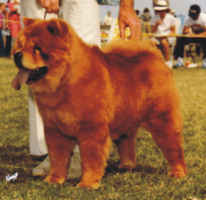 |
Balance and Proportion |
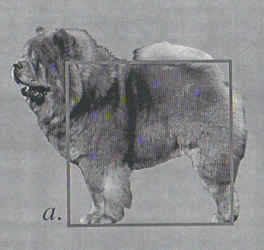 |
|||
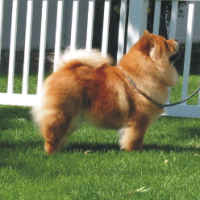 |
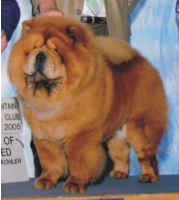 |
 |
|||
The judge must carefully examine the head of the chow to determine if there are any disqualifications (The AKC standard defines the breed disqualifications (which are all on the head)), (FCI/UK Standards also applicable in South Africa have no disqualifications - Ed) examine the dentition, ears and eyes. The males must be examined to confirm the presence of two normal descended testicles and the dog’s gait must be evaluated to
1) determine if the exhibit is lame and
2) to assess the stilted gait which is essential for breed type.
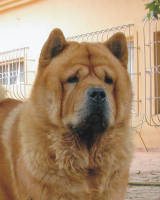 |
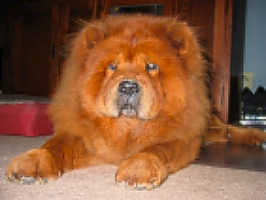 |
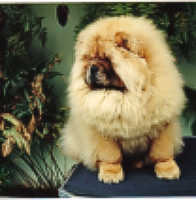 |
The standard documents the qualities which determine “chow type”. The stilted gait, the square profile, dark blue-black pigmentation of the tongue, and the distinct scowl. Each exhibit must be evaluated for the presence or degree to which this Chow demonstrates these qualities in addition to the finer points of our standard.
Further examination must be performed to evaluate the front assembly structure, the body and rear structures and proper coat texture. Gait is also indicative of proper or improper structure.
As mentioned earlier, the Chow standard does allow for some variation in degree of conformance based upon the judge’s interpretation.
EXAMPLE 2:
Looking at the head and scowl, each of these males meet the requirement of the standard, but to a different degree:
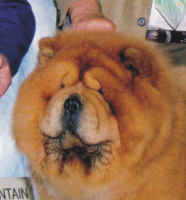 |
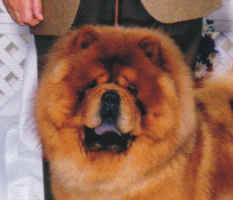 |
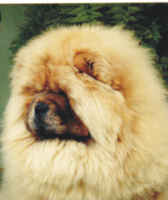 |
And the same applies to these bitches:
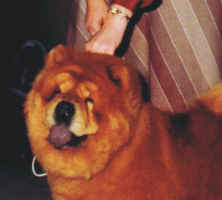 |
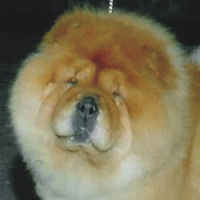 |
You may question this variation in interpretation, but I must point out that if we distributed the written Chow Chow standard to a group of dog fanciers who are not educated on the breed and asked each of them to draw a picture of the dog defined by the standard, we would not have any two drawings that are identical.
I have had a passion for the Chow Chow for over thirty years and hope that we will continue to have educated, devoted breeders and judges continually and consistently judging our breed, with the standard firmly understood, in a positive manner…… for the continued protection of the Chow Chow.
“Always remembering the working origin of the breed.”
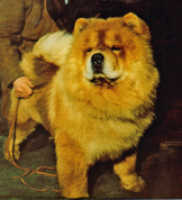 |
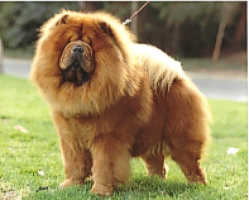 |
Quote from the AKC Chow Chow breed standard:
“General Appearance – Characteristics – An ancient breed of northern Chinese origin, this all-purpose dog of China was used for hunting, herding, pulling and protection of the home. While primarily a companion today, his working origin must always be remembered when assessing true Chow type.
A powerful, sturdy, squarely built, upstanding dog of Arctic type, medium in size with strong muscular development and heavy bone. The body is compact, short coupled, broad and deep, the tail set high and carried closely to the back, the whole supported by four straight, strong, sound legs.
Viewed from the side, the hind legs have little apparent angulation and the hock joint and metatarsals are directly beneath the hip joint. It is this structure which produces the characteristic shorter, stilted gait unique to the breed. The large head with broad, flat skull and short, broad and deep muzzle is proudly carried and accentuated by a ruff. Elegance and substance must be combined into a well balanced whole, never so massive as to outweigh his ability to be active, alert and agile. Clothed in a smooth or an offstanding rough double coat, the Chow is a masterpiece of beauty, dignity and naturalness.
Essential to true Chow type are his unique blue-black tongue, scowling expression and stilted gait."
Wanting to publish these articles or link to them?
Some authors have given permission for these articles to be printed out for private free use internationally, both in national judges' training schemes and for private free education of individuals. However, all articles remain COPYRIGHT of the authors and no copies of these articles may be published in any way without written permission from the authors. For permission please contact the authors directly or please contact the webmaster.
On
the web, it will be appropriate to LINK to the articles which
originally appear on this website.
Acknowledgement of the articles' original appearance on this website
is appropriate and appreciated.
Breed Standards:
More Judging Articles:
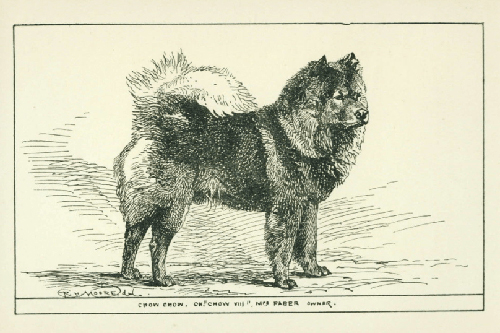 Learn more about the Chow Chow upon which the Breed standard is said to have been based.
Learn more about the Chow Chow upon which the Breed standard is said to have been based.
Learn about the Chow Chow's rich history on the Chow Chow Archives. This will help you understand the need for functional structure and moderate type.
